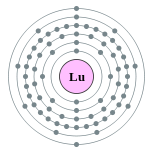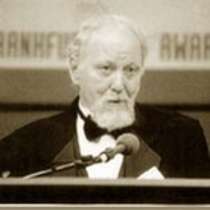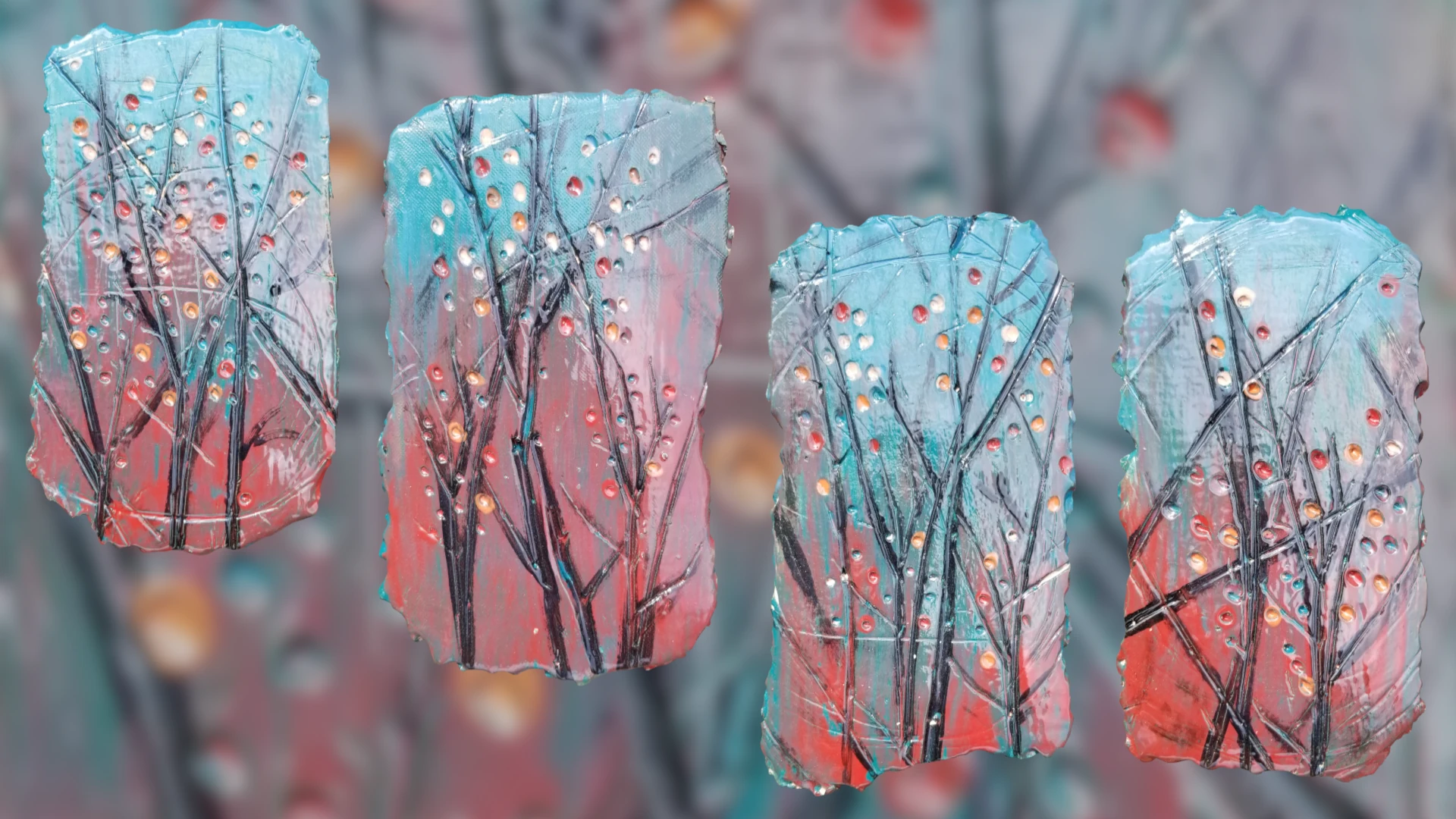Lutetium
Janet Kuypers

from the “ Periodic Table of Poetry” series (#71, Lu)
When I was little
and first fell in love
with the stars in the sky,
it was always easy
to spot the constellation
Cassiopeia at night —
just look for five dots
that looked like the letter “w”
as the throne for Cassiopeia,
queen of Aethiopia.
But apparently the Germans
had a thing for Cassiopeia too,
because an Austrian,
a Frenchman and an American
all independently discovered
the element Lutetium
at the same time…
After years of debate,
the Frenchman won
the naming rights for Lutetium,
but the Germans still
stuck with Cassiopeia
for their name-of-choice
through the nineteen fifties.
But I don’t know, maybe
this element Lutetium
was the perfect thing
for queen Cassiopeia,
because although it is
more common than silver
here on Earth,
it’s hard to separate
from other elements,
and it’s harder and denser
than it’s counterparts
(even costing ten thousand
dollars per kilogram).
#
If I could have photographed
queen Cassiopeia,
I may have wanted
Lutetium aluminum garnet
as the liquid element
in immersion lithography
for added depth-of-focus
in my photo journalism travails…
Though maybe I should just
savor the connection
between queen Cassiopeia
(with her throne in the sky),
the mother of Andromeda
(goddess and galaxy),
and Lutetium —
something that has always
been so strong,
and has also worked
with others, to help us see
everything so much better…

* Germans used cassiopium (Cp), after the constellation Cassiopeia, as the name for element 71 (Lutetium) until the 1950s.
Lutetium is not a particularly abundant element, though significantly more common than silver in the earth’s crust; it has few specific uses, but is found with almost all other rare-earth metals but never by itself.
Lutetium is very difficult to separate from other elements, and pure Lutetium metal is very difficult to prepare. Even though it is more common than silver, it is one of the rarest and most expensive of the rare earth metals with the price about US$10,000 per kilogram, or about one-fourth that of gold. Lutetium also has the highest density, melting point, and hardness of the lanthanides.
For an application for Lutetium: Immersion lithography is a photolithography resolution enhancement technique for manufacturing integrated circuits (ICs) that replaces the usual air gap between the final lens and the wafer surface with a liquid medium that has a refractive index greater than one. Currently, the most promising high-index lens material is Lutetium aluminum garnet.
![]()
![]()
![]()
![]()





